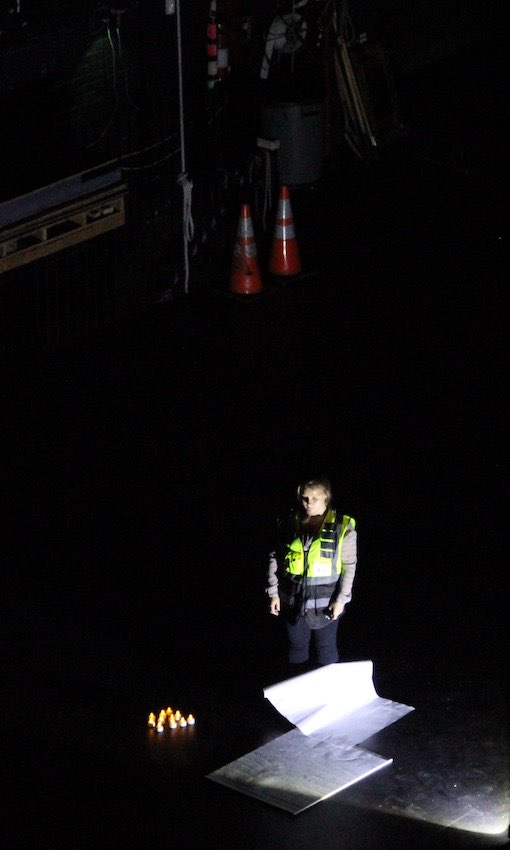THE EXTRA PEOPLE

written and directed by Ant Hampton
sound design and composition - Sam Britton
artistic advice - Kate McIntosh
editing / system design / tech director - Hugh Roche Kelly
French translation and edit - Khristine Gillard
Dutch translation and edit - Daan Alkemade
early development at Empac - Geoff Sobelle and Trey Lyford
assistance at Empac - Julia Asharaf
commissioned by Ash Bulayev / Empac
Creative producer - Katja Timmerberg
Extra People was commissioned by EMPAC (Experimental Media and Performing Arts Center, Rensselaer Polytechnic Institute, Troy, NY, USA)
with coproduction from Kaaitheater (Brussels) and Malta Festival (Posnan)
supported by the Culture Program of the European Commission via the House on Fire network
Extra support from French Institute Alliance Française (NYC), Kingsfountain (Paris)
Thanks to Vallejo Gantner, Britt Hatzius, Matthieu Goeury / Vooruit, Edmund and Tina Manwarren Roche-Kelly and to the many volunteers who have helped with tryouts and development in Troy, Brussels and Gent.
Special thanks to Coda Cola, London, for generous studio support
Photos by Britt Hatzius



An ingeniously created world (…) The Extra People is a brave and intricate experience, and one that is completely unique. I think none present for these two evenings will soon forget it.”
- Sherri Kronfeld for New York Theatre Review
"The Extra People is rather dangerous actually, not to the public, but to notions of representation and participation (…) plunging us deep into the defining social and economic reality of our times: empty, disconnected, monitored, vaguely menacing and very public: on a stage, in fact. As we prepare to leave, another group enters and the show goes on."
- Molly Grogan for Exeunt Magazine

An automated, voice-directed system borrowed from warehouse management changes voices and becomes a child. The great void of a large and dormant theatre is turned into a 'space for production'. An audience are cast as extras, given flashlights and high-visibility vests, and cycled through the ‘production’ in groups of fifteen: 30 mins in the seats, 30 on stage. The concatenated, synthetic and at times melancholic voice guiding them (via binaural recordings in their headphones) seems to come from speakers in the room, audible to everyone.
But nothing is shared. Collectivity is illusion, and this audience is atomised, adrift or apparently asleep among both seating and stage, plugged into separate audio streams, awaiting the call for what seems to be a rehearsal for abandonment, a trying-on of powerlessness. Things seem both alien and familiar, like a dream mixing past experience with anticipated trauma. Is it the system dreaming, or the ‘extras' within it - or both?
As the operations shift from obtuse attempts at functionality to an incongruous interest in sentience and interiority, so the dynamic seems less top-down than inside-out: a decidedly non-efficient, looping and hallucinatory process, wherein roles of attendant and dependent switch as easily as the flashlights changing hands.